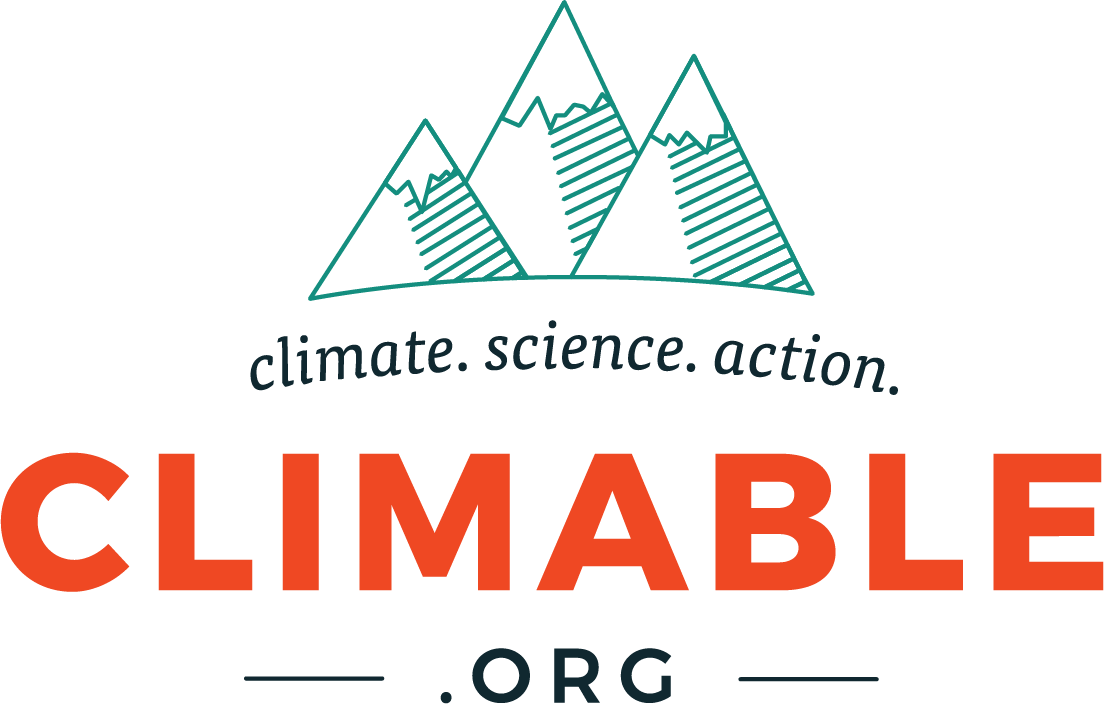MIDDLE SCHOOL CURRICULUM
Students will be able to recognize types of non-renewable energy sources, how they are formed and why they are limited.
Students will be able to define the terms renewable and fossil fuels.
Students will be able to identify the main renewable energy sources, break down how they are captured, explain their advantages and disadvantages.
Students will be able to define and contrast energy conservation and energy efficiency, explain the goal of energy efficiency, and generalize its potential benefits.
Students will be able to list examples of energy efficiency improvements and break down the potential for electrification.
Students will be able to recognize the importance of both individual and systemic change in combating climate change.
Students will be able to contrast the centralized, traditional grid system with a decentralized microgrid system.
Students will be able to define the main components of a clean microgrid and summarize the basic steps to creating a decentralized electricity system.
Students will be able to identify the advantages of a microgrid, as well as the challenges.
Students will be able to contrast the terms weather and climate, describe the greenhouse effect, and summarize the causes of climate change, namely human activity and fossil fuel production and use.
Students will be able to identify the climate change impacts within the Northeast and relate these to their personal lives.
Students will be able to discuss environmental justice.
Students will be able to list potential climate solutions and differentiate between reducing climate change (mitigation) and adjusting to climate change (adaptation).
Students will be able to identify actions for reducing their personal carbon footprint.
Students will be able to relate previous lesson knowledge to the development of this project.
Students will learn to better collaborate with their peers.
Students will analyze how to best adjust for climate impacts when designing their ideal city.







